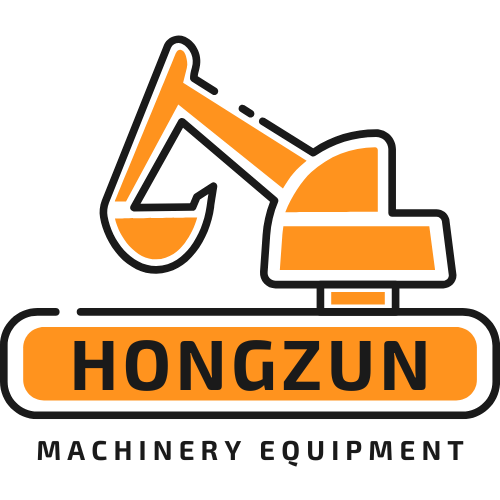Introduction
If you’re new to construction or landscaping equipment, you’ve probably heard the term “mini excavator” tossed around. But what actually makes an excavator mini? Is it just about size, or are there specific weight limits and features that define it?
In this post, we’ll break down what qualifies an excavator as “mini,” what size ranges you can expect, and when you might want to use one.

What Is a Mini Excavator?
A mini excavator, sometimes referred to as a compact excavator, is a smaller, lighter version of the standard excavator. It offers impressive power and functionality in a compact size, making it ideal for jobs where space is limited or delicate work is required—like landscaping, utility installation, or small-scale demolition.
Size Classification
Weight Range:
A machine is generally considered a mini excavator if it weighs under 10,000 pounds (or 5 tons). Some manufacturers might stretch that number slightly, but the 10,000-lb cutoff is the industry standard.
Typical Size Range:
- Micro or ultra-compact excavators: Under 2,000 lbs
- Mini excavators: Between 2,000 – 10,000 lbs
- Midi excavators: 10,000 – 20,000 lbs
- Standard excavators: Over 20,000 lbs
Key Features That Define a Mini Excavator
- Compact footprint: Perfect for maneuvering in tight or urban areas
- Retractable undercarriage or zero tail swing: To work closer to walls or obstacles
- Ease of transport: Most mini excavators can be towed on a trailer
- Versatility: Compatible with multiple attachments like buckets, augers, and breakers
Why Choose a Mini Excavator?
Mini excavators are a go-to for contractors and DIYers alike because they combine functionality with flexibility. Whether you’re digging trenches, grading land, or performing utility work, a mini excavator delivers big performance in a small package.
Final Thoughts
If you’re dealing with projects that demand maneuverability and efficiency without the need for full-scale equipment, a mini excavator is likely your best bet. Just remember: if it weighs less than 10,000 pounds, it fits the “mini” category.
